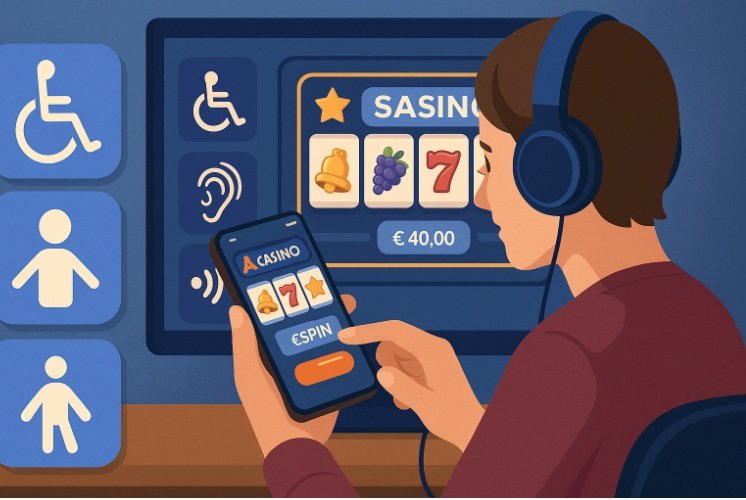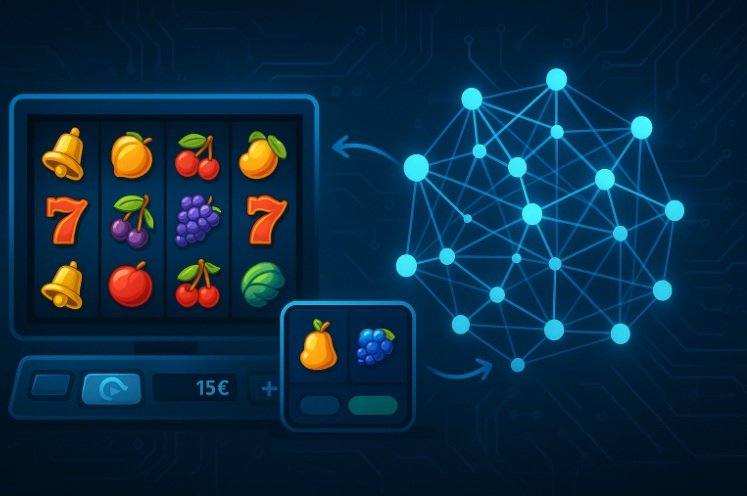
Software development is always changing. There are so many trends to keep up with. Here are some of the top trends in software development right now.
Microservice Architecture
Software has traditionally been developed using layered architecture – in which all services and functions are connected to a central database in a monolithic fashion. While this is relatively effective and simple, it does have some drawbacks. Layered software architecture means that all services and functions included in a piece of software are intrinsically linked, meaning that a full stack rewrite is often necessary when improving a program.
Microservice architecture, on the other hand, works in a more decentralized way. All of the services and functions of a program are contained in ‘microservices’ that can be edited, added, or removed without impacting the overall stack. Microservices adoption is now taking place at a very swift clip as developers help clients create software that can be improved without long update times and without compromising the overall effectiveness of an application. Plug-in based software architecture is also being adopted by developers for the same reasons.
Low Code And No Code
Traditional code based software development is a highly specialized field that requires extensive training and skill. In recent years, pioneering developers have created ‘no code’ platforms that enable people to create programs without coding themselves. Using these platforms, a person can drag and drop functional ‘blocks’ of code onto a template in order to create semi-custom software for themselves. Low code and no code adoption has skyrocketed in recent years – inspired by the success of web-building platforms.
Cloud Computing
The cloud computing revolution has, of course, touched the world of software development in many ways. Software developers now regularly work from home – submitting code using cloud computing technology. Some software is now hosted entirely on the cloud, which has several advantages. Distributed databases theoretically make software more resilient against attack or malfunction.
AI Adoption
Across global markets, AI is set to be worth 500 billion dollars by 2024. Software developers have a large hand to play in the spread of this new technology. AI can be incorporated into nearly every form of software – usually in order to create programs that use machine learning to automatically improve performance over time. AI can be used to create software that analyzes data far more cohesively than conventional computing would ever be capable of. New software developers need to become AI literate if they are to compete in future market environments.
The Rise Of Rust
Every now and again, a new coding language emerges that takes the software development world by storm. Rust is a language that is quickly gaining momentum with developers thanks to its speed, safety, and backing. Rust was released by Mozilla Research all the way back in 2010, but it took until 2021 to see the formation of the Rust Foundation. Several massive corporations have invested a great deal of time and money into supporting the project, and huge companies like Meta have used the new language in development. Facebook has used Rust since 2016, and the language has recently been approved as an officially sanctioned development tool by parent company Meta.



